Proposed Foreign Investment Fund (FIF) Changes
A Welcome Boost for Migrants and Returning Kiwis
The Government has recently announced proposed changes to modernise the Foreign Investment Fund (FIF) rules, aiming to make New Zealand a more attractive place to live and invest for skilled migrants, returning New Zealanders, and internationally mobile professionals. Announced on 12 March 2025, the proposed changes are designed to ease tax burdens that have previously acted as a barrier to relocation.
Why does NZ have FIF Rules?
New Zealand introduced the Foreign Investment Fund (FIF) regime in the early 1990s as a response to a structural gap in our tax system — the absence of a general capital gains tax. The concern was that New Zealand tax residents investing in offshore companies, particularly US-based ones known for retaining earnings rather than paying dividends, could effectively escape tax altogether: no tax on dividends (because none were paid) and no tax on capital gains (because we don’t generally tax gains on sale). To plug this gap, the FIF rules were brought in to tax a deemed return on these investments, regardless of whether income was actually received.
New Zealand was something of a guinea pig - the idea was that other countries would follow suit, but they didn’t, leaving us with a complex and often punitive regime unique in the world. The rules have remained largely unchanged for decades and have caused significant issues for globally mobile individuals. In particular, US citizens have borne the brunt, as they continue to be taxed by the US on realised capital gains, but without being able to claim a credit for the tax they’ve already paid to New Zealand on unrealised FIF income — often leading to costly double taxation outcomes.
It is fair to say these rules have proved an impediment to migration to New Zealand time and time again.
Policy Context and Ministerial Commentary
Speaking at the NZX Investment Summit, Revenue Minister Simon Watts acknowledged that current FIF rules have deterred international talent and capital from relocating to New Zealand. The existing regime, which often taxes unrealised gains, was seen as penalising migrants simply for choosing to settle here.
The changes are part of a broader government strategy to support innovation, retain talent, and create a globally competitive tax environment that can keep pace with modern economic realities. The proposed changes are expected to apply from 1 April 2025, subject to legislative process.
What’s Changing – The Revenue Account Method
At the centre of the reform is a new Revenue Account Method. This method is designed to be a more cash-flow-aligned way of taxing offshore investments.
Under the proposed rules, eligible individuals will be able to elect into the Revenue Account Method, which calculates taxable income from FIF interests as:
- Dividends received, plus
- 70% of any realised capital gains
Key features:
- Losses can also be recognised, with 70% of any realised loss available to offset taxable income (ring-fenced)
- Tax is only triggered when there is actual cash flow – through dividends or sale proceeds
- It is an optional method – existing methods such as FDR and comparative value can still be used
This approach aligns more closely with common international tax practices, where tax is typically levied on actual gains or income.
These changes should better align tax with actual cash flows and investment outcomes, especially for early-stage or private-equity-style investments, which are often held by professionals in the tech and start-up sectors.
However, it is important to remember that ultimately this method will still tax capital gains on these offshore investments, as well as taxing dividends. The Revenue Account Method should not be a default go-to for new residents, as some taxpayers may have more favourable outcomes with the existing FIF methods.
Who Can Use the Revenue Account Method?
The method will be available to:
- New migrants who become fully New Zealand tax resident on or after 1 April 2024
- Returning New Zealanders who have been non-resident for a minimum period (likely less than 10 years, but exact timeframe to be confirmed)
- Trusts, where the principal settlor would meet the above eligibility
Which Investments Are Covered?
In most cases, the Revenue Account Method can only apply to:
- Unlisted FIF interests, and
- Interests that were either acquired before becoming New Zealand resident, or under arrangements entered into pre-residency
However, individuals who remain subject to citizenship-based taxation (such as US citizens) will be able to apply the method to all their FIF investments. This is especially beneficial for US taxpayers living in New Zealand, who often face complex interactions and double taxation between US and NZ tax rules.
If a Taxpayer Leaves New Zealand
If someone using the Revenue Account Method ceases to be a New Zealand tax resident, an exit tax may apply. This would deem a disposal of their qualifying FIF interests at market value immediately before departure. This mechanism is consistent with international practices and captures tax on gains accrued while the individual was resident.
Example – Bart: A Returning Kiwi in Tech
Scenario: Adam, a 37-year-old Kiwi, is the CTO of a successful US-based start-up. He owns a 1% stake (worth NZ$2 million) in the company, acquired under an employee share scheme. He also holds a portfolio of US-listed shares worth NZ$50,000. Adam is considering relocating back to New Zealand but continuing to work remotely.
Current Rules: Under the FIF regime, Adam would be taxed annually on 5% of the opening value of his foreign shares. In the 2026–27 income year, this would result in NZ$100,000 of notional income, despite no dividends or realisation. At a 39% tax rate, he would face a tax bill of NZ$39,000, likely requiring him to use his salary or borrow to fund the liability.
Proposed Method: Under the Revenue Account Method, Adam would only be taxed if his shares pay dividends or are sold. If sold, he would be taxed on 70% of the capital gain, with the cost base reset to the share value when he became NZ tax resident. This approach proves to be helpful for individuals holding equity in growth-stage businesses.
What the Professional Community Is Saying
There is general agreement that the proposal represents a positive and necessary shift in how New Zealand taxes foreign investments for new residents.
The introduction of a method that taxes actual income – rather than notional returns – should be particularly useful for clients with illiquid or high-growth equity holdings, where the value may be significant on paper but difficult to monetise in the short term.
At the same time, the FIF regime remains a complex beast. There is still work to do to simplify the FIF regime overall and ensure that New Zealand’s tax system is fully aligned with the realities of a globally mobile workforce and investor base.
Next Steps
The proposed changes are expected to be included in a tax Bill introduced in the second half of 2025.
We expect the Inland Revenue will release more detailed guidance closer to the time, including technical aspects such as valuation requirements, transitional rules, and application processes.
If you have questions about how these proposed changes may affect you, please
get in touch with the team at NZ Tax Desk — we’re here to help.
Disclaimer: The information in this article is provided for general informational purposes only and does not constitute tax, legal, or financial advice. While every effort has been made to ensure accuracy at the time of publication, the content may be subject to change as legislation develops. We recommend seeking professional advice specific to your circumstances before making any decisions or taking action in relation to the matters discussed.














